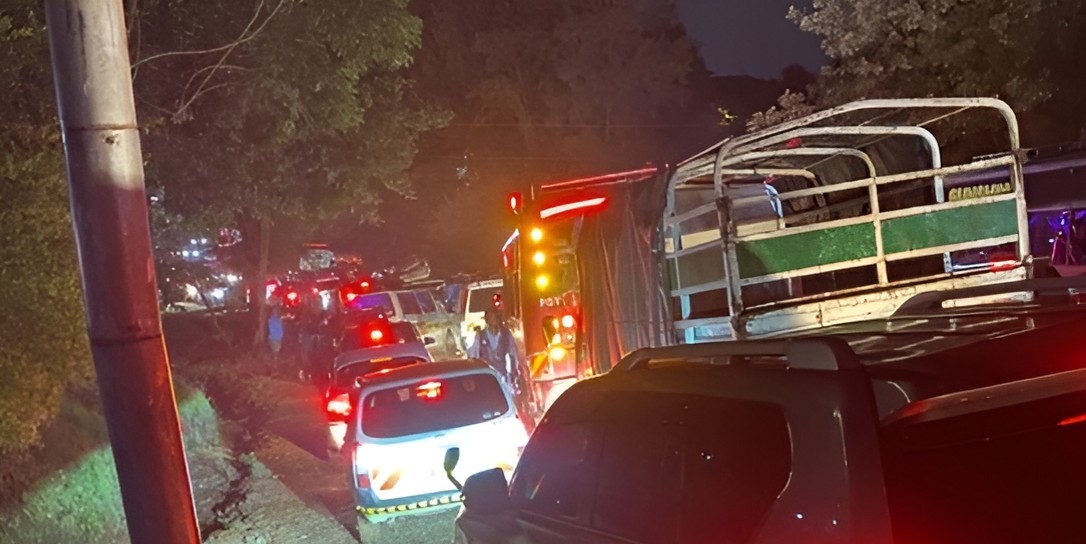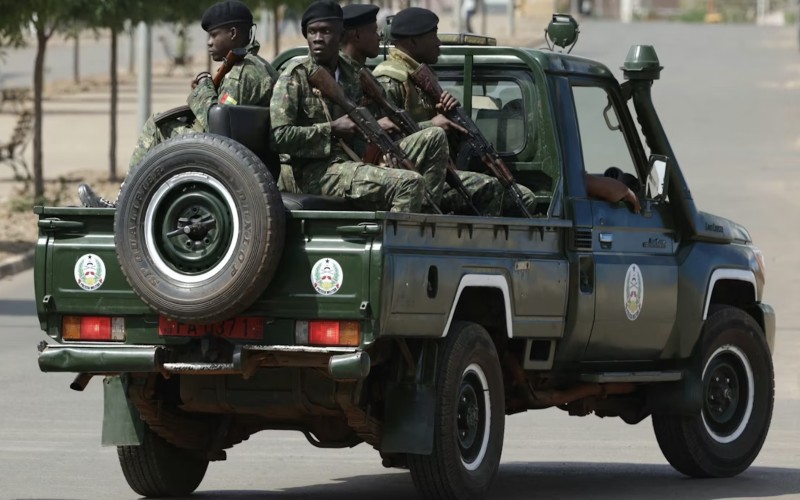Motorists Association slams cabinet’s Kiambu Road dualling plans

The association warned that the project, touted as a solution to congestion, could threaten local businesses, compromise pedestrian safety, and serve more as a “pre-election spectacle” than a long-term transport improvement.
The Motorists Association of Kenya (MAK) has slammed the Cabinet’s approval to dual the 23.5-kilometre Muthaiga–Kiambu–Ndumberi Road, warning that the project, touted as a solution to congestion, could threaten local businesses, compromise pedestrian safety, and serve more as a “pre-election spectacle” than a long-term transport improvement.
"What the Cabinet has announced sounds shiny on paper, but there are several sober, evidence-based reasons why this policy shouldn't be rushed just to tick a political box before elections," MAK said in a statement.
More To Read
- Petition filed to stop multi-billion Rironi–Nakuru–Mau Summit road project
- Cab fares to rise as government revises digital taxi rates to cushion drivers
- Kiambu Road set for expansion as Cabinet approves dual carriageway plan
- Motorist association warns Rironi–Nakuru–Mau Summit Highway expansion to benefit foreign firms, burden taxpayers
- Motorists slam 30-year Chinese concession on Nairobi–Nakuru–Mau Summit highway
- Motorists demand disbandment of EPRA over unfair fuel pricing, say Kenyans are being exploited
"A dual carriageway is not a magic wand. It comes with real social, economic and environmental consequences that must be understood before any bulldozer touches the road."
MAK argues that a dual carriageway fundamentally changes the character of a corridor.
Kiambu Road is a thriving commercial strip, home to malls, car showrooms, entertainment joints, nurseries, fuel stations, and hundreds of small businesses that rely on slow, accessible traffic.
MAK warned that dualing the road typically requires massive land acquisition, service road redesigns, and removal of roadside establishments, effectively turning a living commercial ecosystem into a high-speed thoroughfare for long-distance traffic.
Pedestrian life and local mobility also face risks, the association noted.
"Once cars begin cruising at 80km/h, pedestrians, cyclists, boda bodas, and locals find themselves trapped," said MAK.
Measures such as speed bumps, rumble strips, guard rails, and underused footbridges may follow, creating safety hazards while failing to alleviate congestion. Densely populated areas like Runda, Ridgeways, Kiambu Town, and Ndumberi would bear the brunt of these changes.
"If you introduce a high-speed corridor into a densely inhabited stretch like Runda, Ridgeways, Kiambu Town, and Ndumberi, your 'mobility improvement' becomes a safety crisis. You slow the same road you expanded," the association stated.
The motorists’ lobby further argued that the immediate priority should be infrastructure interventions such as the Pangani Viaduct, which would alleviate bottlenecks before expanding Kiambu Road. Without such links, any additional lanes risk simply transferring congestion rather than solving it.
The association also questioned the portrayal of chronic congestion, noting that traffic jams on Kiambu Road are largely limited to morning peak hours heading into Nairobi, a classic commuter pattern better addressed by Bus Rapid Transit, dedicated transit lanes, and modern public transport systems.
"The narrative of 'chronic congestion' needs context. Kiambu Road's worst traffic is only during morning peak hours heading to Nairobi. In the evenings, movement is slow but steady. This is classic commuter behaviour," the lobby said.
"You don't blow up a working road because of a two-hour morning experience. You solve the root cause of that specific peak demand. Globally, this is where Bus Rapid Transit, modern buses, and dedicated transit lanes do the heavy lifting. Not more tarmac. Not more lanes. Congestion is a transport management issue, not a lane-count issue," it added.
In its despatch on Tuesday, the cabinet said dualing is part of the government's broader effort to modernise Nairobi's metropolitan transport network in line with Kenya Vision 2030 and the UN Sustainable Development Goals on infrastructure and mobility.
Top Stories Today














































